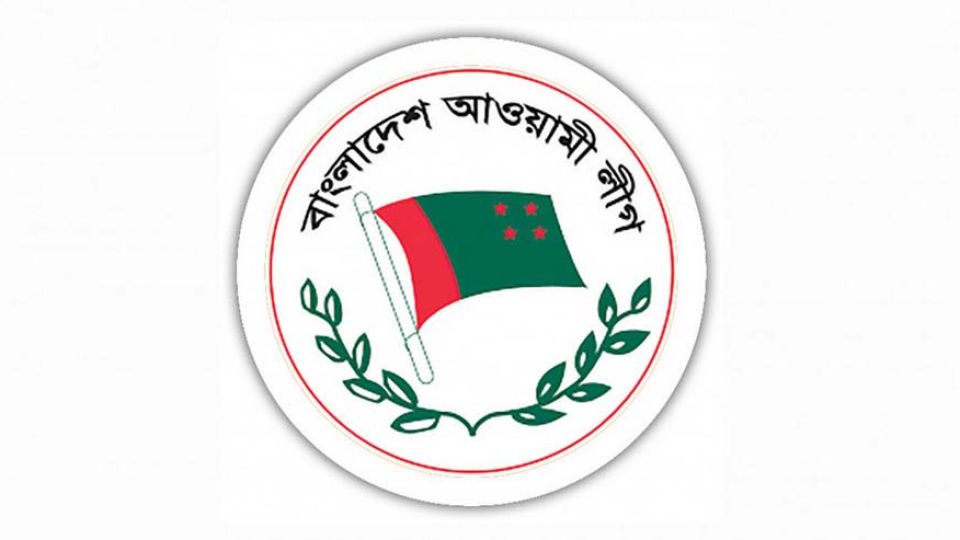August 21, 2024
DHAKA – Converted to the local currency, the country’s total debt stood over Tk 18.35 lakh crore as of June 30, according to finance ministry data.
These included $88 billion or over Tk 10.35 lakh crore from domestic sources and the remaining $68.33 billion or nearly Tk 8 lakh crore was external debt.
To put in words how the vast debts are affecting Bangladesh’s finances: Tk 1.135 lakh crore or 14.02 percent of the total has been kept for interest payment in the proposed budget for this fiscal year, which is the highest among the sectors in the outlay of over Tk 8 lakh crore.
Economists have blamed stagnant revenue growth against a huge rise in expenditure, coupled with corruption in mega projects, for the massive debts.
The government spent around Tk 54 lakh core in total in its three consecutive terms while revenue earnings amounted to just Tk 37 lakh crore. Government expenditure increased from Tk 94,000 crore in FY09 to over Tk 7 lakh crore in the revised budget for FY24.
Bangladesh’s revenue-GDP ratio has hovered around 9 percent, one of the lowest rates in the world.
A lack of government initiatives to bring reforms to the National Board of Revenue (NBR), along with tax dodging and huge tax exemptions provided to different pressure groups is blamed for the low revenue collection.
Besides, corruption in different mega projects increasingly made the revenue-expenditure gap bigger, said some leading economists.
Most of the mega projects were riddled with corruption, said Zahid Hussain, a former lead economist at the World Bank’s Dhaka office.
“Big Projects, big corruption,” he told The Daily Star last night.
He mentioned Bangladesh built the Padma Bridge with its own funds that came from domestic loans while the funds for the Karnaphuli Tunnel and the under-construction Rooppur Nuclear Power Plant have come from foreign sources.
“Corruption happened through cost escalation. Many, many unnecessary layers were added to the projects,” he said, citing the Rooppur power project as an example.
Dhaka University economics professor Dr Selim Raihan cited the government’s failure to mobilise domestic resources to increase public expenditure as one of the key factors behind the rise in debt.
“The government failed to increase the revenue collection over the past one decade or so,” said Selim, who is also the executive director of the South Asian Network on Economic Modeling (SANEM).
The second is corruption in activities surrounding the process of taking loans, especially for mega projects with foreign funds, he said.
“A group with vested interests exploited the foreign loan-based mega projects by massively increasing the costs multiple times.”
As a developing nation, Bangladesh has to take loans, but the Hasina government had a tendency to take short-term loans as well as high-interest loans while the focus should have been on low-interest and long-term loans with favourable conditions.
This tendency grew over the years. Loans from single sources increased while borrowing from multilateral sources with more accountability and transparency was minimal.
Bangladesh’s debt service-to-revenue ratio is projected to cross the 100 percent mark for the first time owing to rising loans and lower tax and export receipts, highlighting the growing risk to the country’s capacity to repay.
The debt service-to-revenue and grants ratio stood at 58.7 percent in FY21 but it surged to 72 percent in FY22 and stood at 71.8 percent in FY23, according to the International Monetary Fund (IMF).
The ratio is projected to grow to 101.1 percent in the current financial year.
Debt service is defined as the sum of interest and amortisation of medium, long, and short-term debt.
“The increasing debt service-to-revenue ratio highlights the urgency of mobilising tax revenue to support much-needed spending to achieve pro-poor, green growth recovery,” the IMF said in a report.
The ratio increased as the NBR missed its tax target for the 11th consecutive year in FY23, in the face of slowing growth of collections amidst economic slowdowns and ambitious goals set by the government.
The debt-to-GDP ratio of Bangladesh was forecast to cross 40 percent in the current fiscal year as the government continued to borrow to bankroll its expenditures amid the low collection of revenue.
It was 39.8 percent in FY23 and is forecast to be 41.41 percent at the end of FY24, according to a fiscal monitoring report of the IMF.
In the last decade, the debt-to-GDP ratio rose by 13 percentage points. The IMF forecast that the ratio would reach 43.5 percent in 2028-29.


